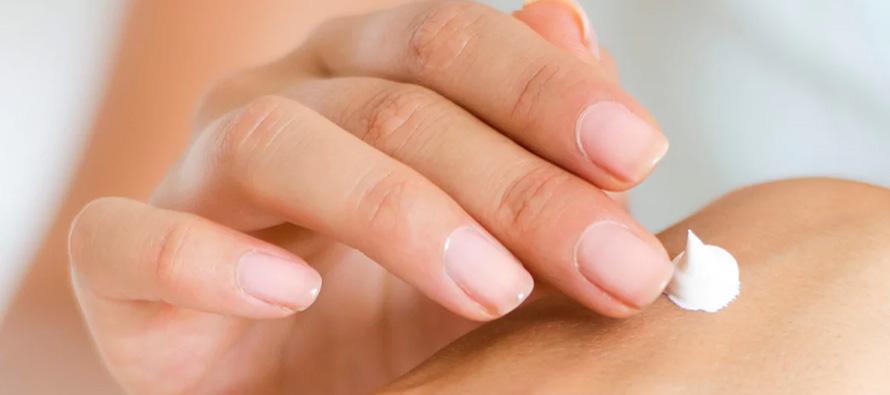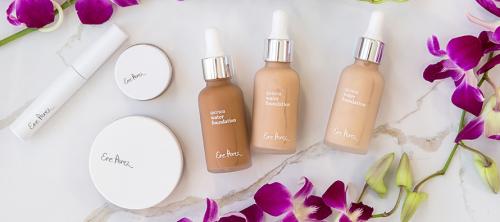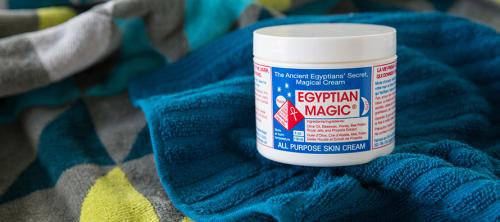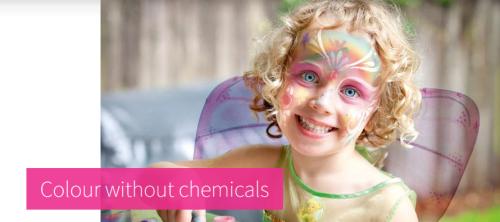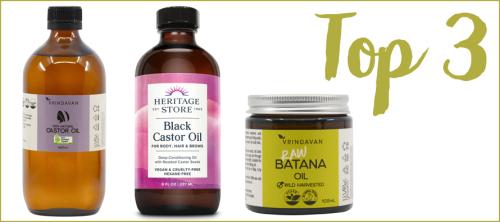The use of synthetic preservative Phenoxyethanol in natural skin care products
Let's answer some questions about a lab derived preservative that is used in a variety of products that are predominantly natural ingredient based.
- Is Phenoxyethanol Safe?
- What about the FDA warning about Phenoxyethanol
- Why is Phenoxyethanol used when there are natural alternatives?
- Phenoxyethanol and the EWG
- Natural sources of Phenoxyethanol
- Do certified organic products contain phenoxyethanol?
- Read another balanced viewpoint on the subject of phenoxyethanol
Is Phenoxyethanol Safe?
The answer to this depends on who you ask. When we originally wrote this article in 2012, we had a couple of brands of natural skin care made overseas and in Australia that used 1% or less of the synthetic preservative phenoxyethanol. Fast forward a decade and we have almost none, but mainstream natural brands have embraced ingredients like phenoxyethanol because they cheap when compared to natural preservatives such as hops or grapefruit seed oil, or a number of other natural preservatives. Anything that's classified as certified organic cannot have this chemical preservative in it. In 2022, the majority of the natural skin care we sell is made in Australia and does not use it.
We still believe, that for most people, along with leading brands such as the Australian made Sukin, or UK based brand Dr Organic that it's safe to use at less than 1% of the total product. We prefer it in a wash off like a body wash or a shampoo rather than a body lotion that sinks in to the skin, but anyone living a mainstream lifestyle that doesn't have any seisitivities or health iess, less than 1% of the total product is deemed to be safe. Backn in 2012 when we first wrote this article, the Bestselling book and leading authority on what's safe and what's not, The Chemical Maze, had phenoxyethanol listed with a frowny face, but says the following:-
"Suspected reproductive & developmental toxicity; effects from exposure may include headache, eye irritation, tremors & CNS depression; mild irritation on sensitive skin; absorbed via the skin; toxic to the kidneys, the nervous system and the liver; safe as used up to 5% (CIR)"
One person will read this statement and alarm bells will go off. Others will read the statement and come to the conclusion that at levels of less than 1%, this is a safe product to use. We are not here to force one opinion or the other. In the decade since we wrote the article, and the 13 years we started our store, technology has advanced to the point where many brands just don't need to use it unless they have a low price point, and we can certainly appreciate that people want the best for their families and still have a budget to stick to.
But there's an FDA warning out about Phenoxyethanol
Yes there was. Unfortunately it's no longer on line, but it was published on the FDA's official website. Released in May 2008, this warning was put out in specific relation to Mommy's Bliss Nipple Cream because it can be harmful to nursing infants. This is because infants were being exposed to this product as a food, because they were putting their mouth on their mothers breast and potentially eating the product. There was NO MENTION in the FDA warning about any danger to the mother by rubbing the nipple cream on their skin. People in the industry at the time latched on to this article to create fear around the ingredient.
Phenoxyethanol should NOT be ingested by ANYONE. All our research indicates that at levels of 1% or less, it's safe to be used topically in cosmetics. We only ever stocked skin care that uses this preservative at LESS THAN 1%. Now it's difficult to find it in our store. Of course, if you have a sensitivity to it, you should stop using it. We have had customers who got rashes from 100% pure essential oils because they are used topically incorrectly. Everyone reacts differently to a variety of skin care products and we are big advocates of patch testing.
Why do manufacturers put Phenoxyethanol in their products when there's a natural alternative?
For the most part, it's all about economics. It's an affordable ingredient that prolongs the shelf life of a moisturiser for longer than natural alternatives once the jar is open. Most naturally preserved products have a shorter shelf life once they're opened and exposed to oxygen, usually 3-6 months, where products preserved with phenoxyethanol have a longer shelf life once opened.
So really, it comes down to this ....... are you in the market for a $50-$100 jar of organic moisturiser that has to be used in 3 months, or a $19.95 jar that's fine for 12 months once you open it.
Do you have health problems, skin sensitivities or allergic reactions to a lot of chemicals? Then I would absolutely recommend you look for naturally preserved products. If you don't and you're on a budget, take a look at the more affordable offerings with this synthetic preservative at less than 1%. We sell samples of many of our skin care range. Spend a dollar and give it a test before you decide one way or the other.
I personally choose to limit my use of phenoxyethanol, but that said, I have used products in the past containing the preservative with no issues. You may be different.
The EWG (Environmental Working Group)
A well respected body on the use of chemicals have this to say about phenoxyethanol.
- Cancer LOW (a decade ago, there was no information on this)
- Developmental & reproductive toxicity LOW (a decade ago, there was no information on this)
- Allergies & immunotoxicity LOW (a decade ago, there was no information on this)
- Classified as an irritant for eyes, skin & lungs
- Classified as toxic or harmful for products used around the mouth or lips
It is rated between 2 and 4 out of 10 (with 10 being the highest danger).
Natural sources of phenoxyethanol
The chemical compound phenoxyethanol can be found naturally in green tea and chicory, but the version used in skin care products is a synthetically produced version in a lab.
Do certified organic products contain phenoxyethanol?
It's important to understand that there's more than one governing body that certifies products. They all have a different set of criteria. These days, the blanket answer to this question is no. ECOCERT have removed it as an allowed ingredient, and others already have or are following suit. Manufacturers are going through the expensive process of reformulating their products to keep certification, or in some cases, losing it. In our own store, all certified organic products are phenoxyethanol free. Many non certified products are too. Some aren't. Please read through the list of ingredients or ask us if you have any questions.
Another balanced view on the topic
In 2011, there was a great article written at No More Dirty Looks which pretty much sums up my personal opinion on the whole topic. It is no longer available online. It stated, in part, that if phenoxyethanol is the only 'suspect' ingredient in the list, they didn't think there was great deal of need for alarm. If it's one of a long list of 'suspect' ingredients, run a mile. Any product in our store containing phenoxyethanol falls under the FIRST category, and in the decade since first posting this article, most of the people we deal with reformulated and took it out due to the stigma attached to the ingredient name.
